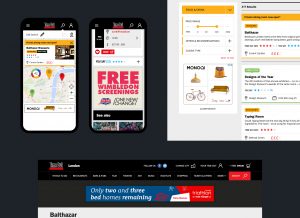
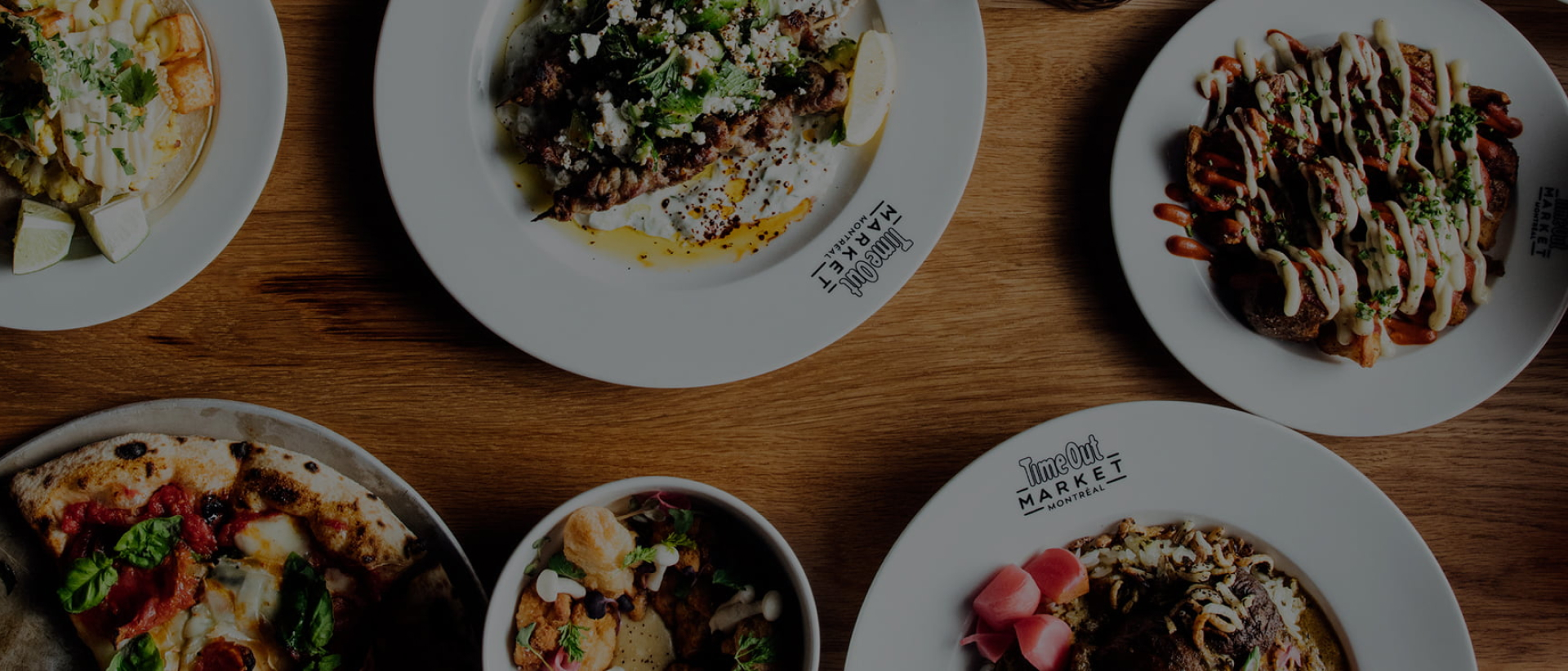
- A total UX/UI design overhaul on web
- Native iOS and Android mobile apps
- Digital revenue growth by 17%
- Intense collaboration with internal teams
When Time Out identified it was falling behind the competition, it needed a website redesign that would set it apart. It needed to be scalable and profitable, executed by a partner that knew how to do both.
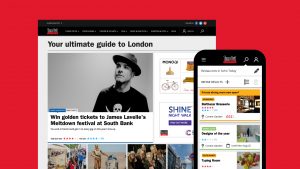
Time Out – you’d be hard pushed to find someone that hadn’t heard of it. Originally founded in 1968, the city lifestyle magazine has transitioned into operating as an entire media group in 59 countries and 333 cities. Producing content that spans the best food, drinks, culture, art, music, theatre, travel and entertainment, Time Out is often a staple for city dwellers, and a favourite among Londoners.
However, as the publishing world went digital, Time Out’s weekly magazine experienced a declining readership. This, of course, translated into lower revenue. Its online footprint was simple, basic and had become outdated; based on a CMS that didn’t work on mobile, it was non-responsive and hard to run by the editorial team. Sadly, this had led to inconsistencies across the brand in cities like London, New York, Paris and Berlin. Opening a new ‘city’ took forever.
Time Out could watch on no longer, and reached out to UIC Digital for help with a full digital transformation, reimagining the user experience and future-proofing it for years to come as web-based consumer habits outshone its print publication. Smart phones were now the go-to. Competitor publications had added the ability to take event bookings. Even the London Underground had been given WiFi. If it was to continue recommending the best restaurants and the best things to do, it would need the best user experience to match.
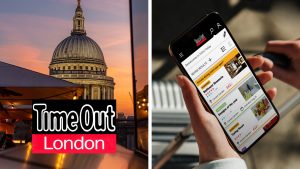
What the people want
As with every project we take on, we started at source – with user research. We conducted user interviews with Time Out’s target audience, which included previous and current readers of its magazine and website. What did they like about it? What didn’t they? What would they love to see next? How could this be transformed into digital? This revealed most of the major shortcomings of the current website, and uncovered the types of new features that would enhance the online experience. Because Time Out is an editorial leader, not a simple listings site.
Combined with deep thought from our team, the ideas that came out were features like wish lists for places to go, Pinterest-style boards for influencers’ favourite restaurants, venue reviews, sections for articles and features, and the ability to book events right from the site directly. Stepping out of the detail, Time Out also wanted a platform that could be rapidly scaled, with new launches made as easy as pie. But these also had to be maintained with minimal overheads, and so efficiency was also key. The new site would make sponsored content a doddle, and give venues the option to pay for a ‘premium profile’ that sat at the top of any listings.
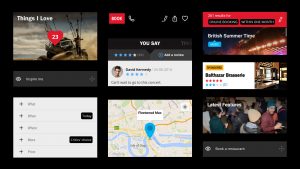
A fresh take for Time Out
In collaboration with Time Out’s in-house dev team, we helped to relaunch the website by leading on its UX/UI design, research and project management. At this point in time, users wanted it all in the palm of their hand, with immediacy and relevancy. So we designed mobile-first, making key functionalities available at their fingertips. Time Out’s existing CMS was a poor match for the new designs, so we had to work hand-in-hand with the brand’s in-house development team to sync the frontend with the new backend it was creating.
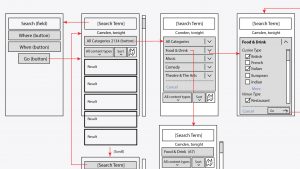
Having launched its new website, Time Out also wanted to extend its offering to native iOS and Android apps. We designed and developed these from end-to-end, to mimic the content on the website but with a twist. Built on a native codebase for performance and maintainability, the apps utilised geolocation data to recommend things to do near you, and took advantage of offline capabilities for whenever the connection dropped. We created a faster user interface and completely custom design, not limited to the restrictions we had on the web – which, in 2015, were numerous. The apps also brought all cities under one roof, so users could switch between destinations whenever they wanted.
Success at scale
We had launched a new suite of apps and a responsive website across all major cities, with a refreshed ad and sponsorship model to boot. Since then, Time Out has scaled to over 300 cities – and it all started here. Sadly, the pandemic brought about a halt and eventual permanent termination to its printed magazine in London. The website, however, lives on successfully in over 50 countries. Back in 2016, one year after the new website had been launched alongside the apps, it was clear to see the impact the project had made; Time Out Digital revenue had grown by 17% and digital advertising by 36%. The project was a resounding success.
